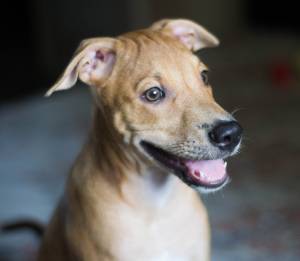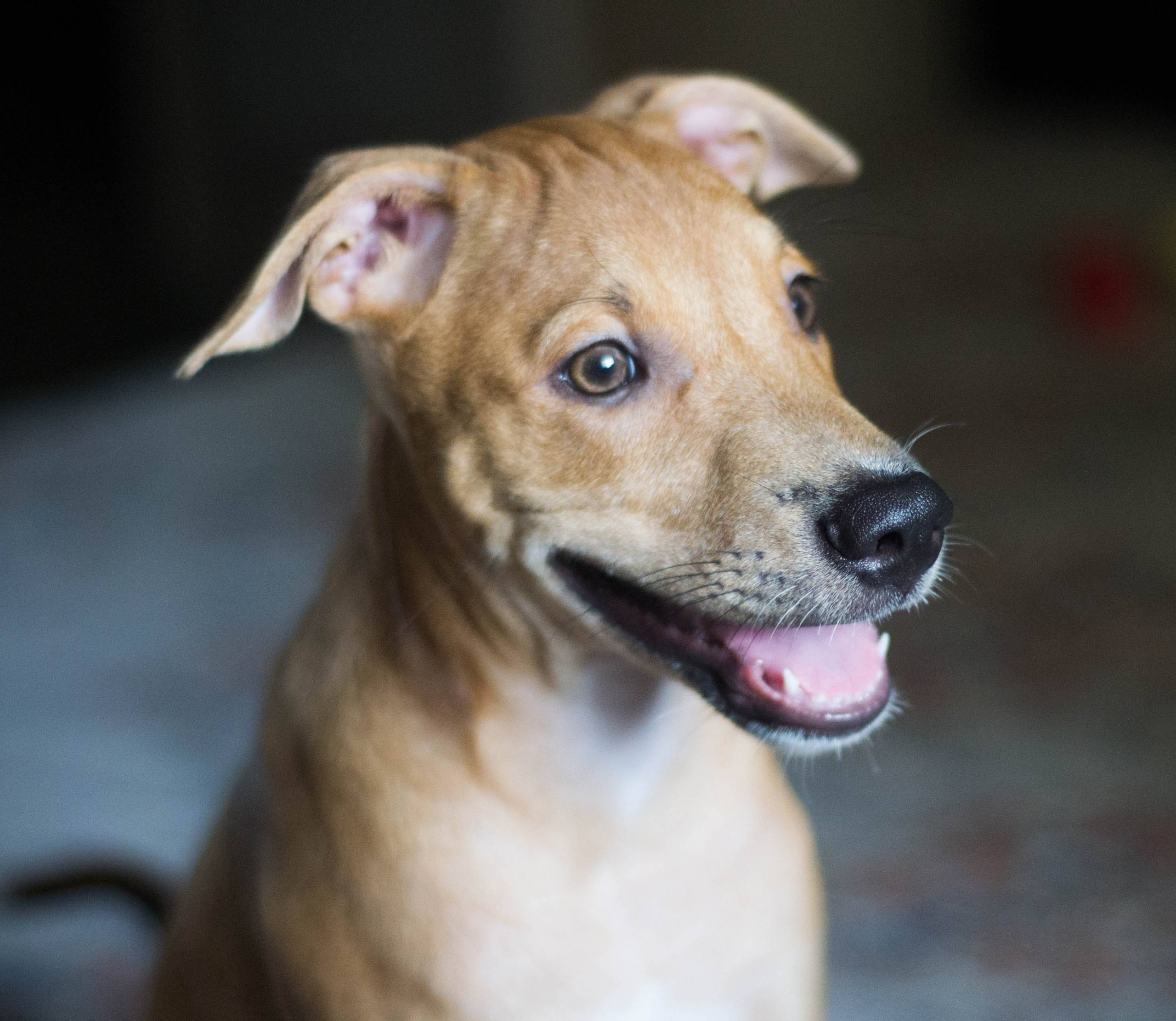
Understanding Giardia
Giardia is a microscopic parasite that can be found in soil, food, or water contaminated with feces from infected animals. The parasite has a tough outer shell, which allows it to survive outside the host for long periods. When ingested by a dog, giardia can cause an infection known as giardiasis. This can lead to symptoms such as diarrhea, vomiting, and weight loss. While giardia can affect all dogs, it’s more common in puppies and older dogs with weakened immune systems.
Contaminated Water Sources
One of the primary ways dogs get giardia is through contaminated water sources. Dogs who drink from lakes, rivers, ponds, or streams may inadvertently ingest giardia cysts that are present in the water. Even seemingly clean water sources can harbor giardia, making it crucial to be cautious when allowing our dogs to drink from natural bodies of water. Additionally, communal water bowls at parks or public areas can also pose a risk if not properly maintained.
Close Contact with Infected Animals
Another common route of giardia transmission is through close contact with infected animals. This can occur in various settings, such as dog parks, kennels, or shelters. When dogs come into contact with infected feces or contaminated surfaces, they can easily pick up giardia cysts on their fur or paws. Subsequently, when they groom themselves, they may ingest the cysts, leading to an infection.
Poor Hygiene and Sanitation
Maintaining good hygiene and sanitation practices is essential in preventing giardia infections. Dogs that live in crowded or unsanitary conditions are at a higher risk of exposure to giardia. Additionally, failure to clean up after our pets in public spaces can contribute to the spread of giardia and other parasites. Regularly cleaning and disinfecting areas where dogs defecate can help minimize the risk of giardia contamination.
Eating Contaminated Food
In some cases, dogs may contract giardia by consuming food that has been contaminated with the parasite. This can happen if the food comes into contact with infected feces or if it’s prepared in unsanitary conditions. Proper food handling and storage practices are essential in reducing the risk of giardia transmission through food.
The Importance of Prevention
Preventing giardia in dogs involves a combination of good hygiene practices, regular veterinary care, and minimizing exposure to potentially contaminated environments. By ensuring that our dogs have access to clean, uncontaminated water and by practicing proper sanitation, we can significantly reduce the risk of giardia infections. Regular veterinary check-ups and fecal examinations can also help in early detection and treatment of giardia.
In conclusion, understanding how dogs get giardia empowers us to protect our canine companions from this common parasite. By being mindful of potential sources of contamination and taking proactive measures, we can help ensure the well-being of our furry friends. Remember, a little awareness and care go a long way in keeping our dogs healthy and happy.
[/fusion_text]

